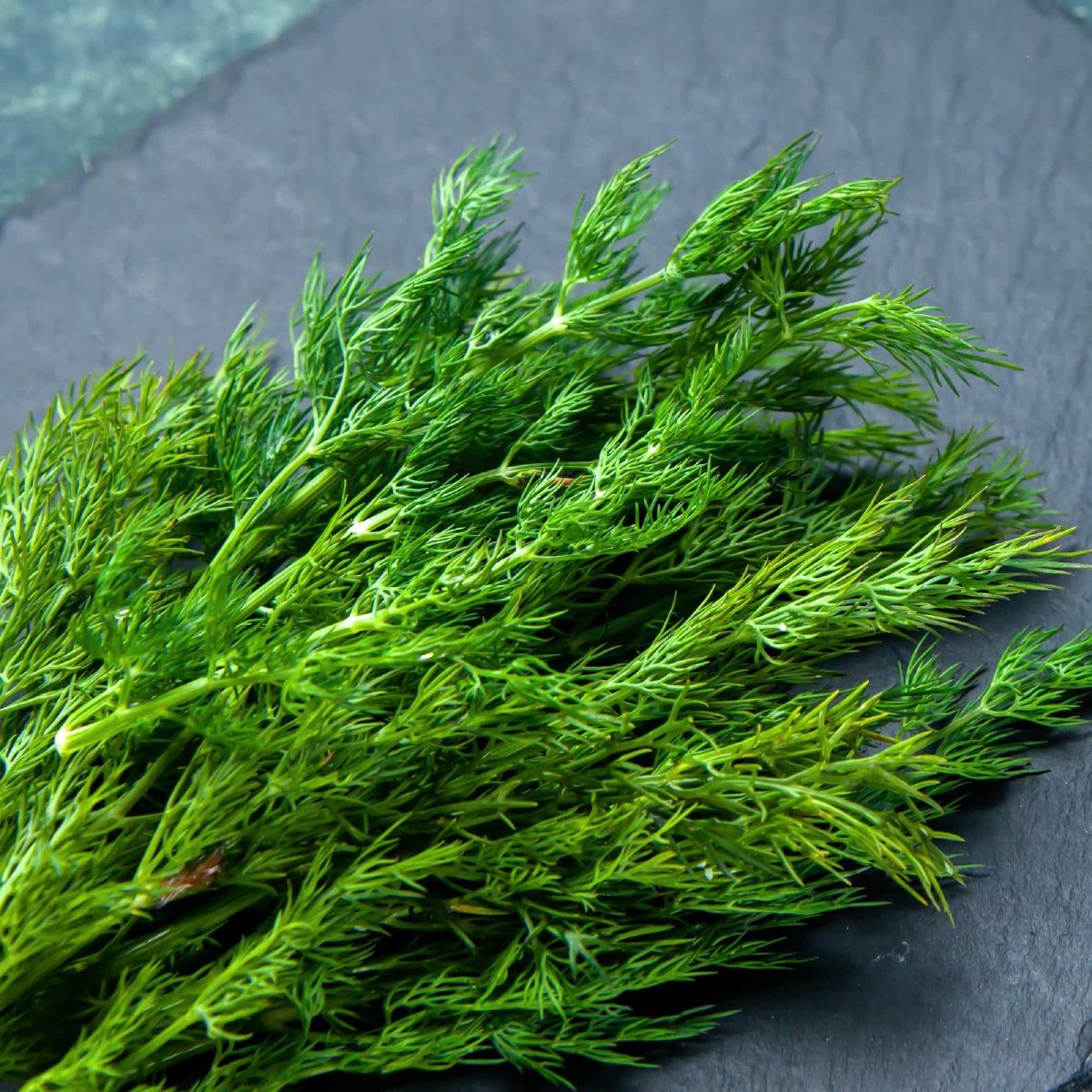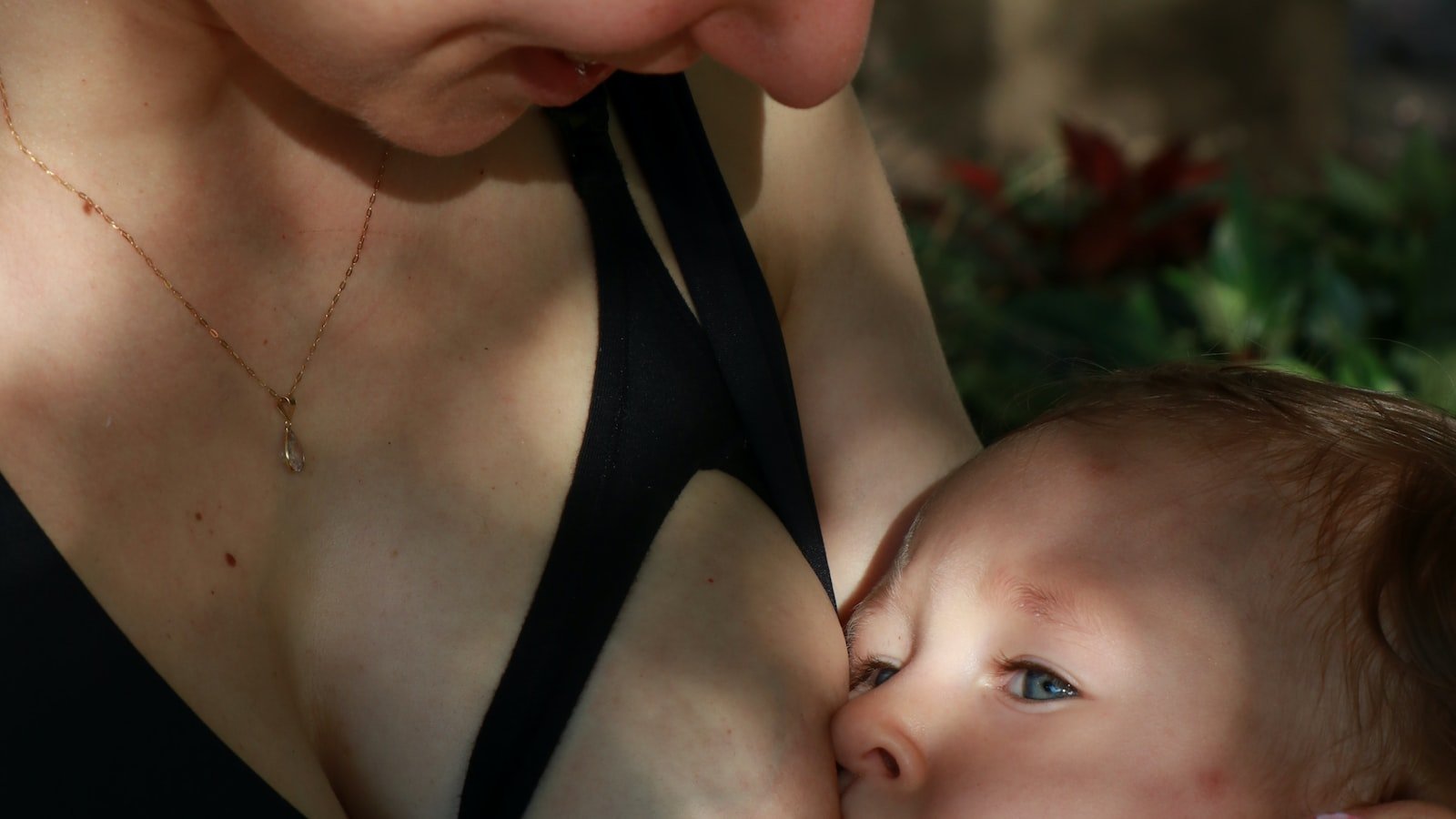As new parents immerse themselves in the world of nurturing their bundles of joy, they often encounter unexpected hurdles along the way. Amongst these obstinate adversaries, breastfeeding cramps stand as a surprising nemesis, stealthily creeping in to disrupt the euphoric bonding and connection with their little ones. These cramps, although relatively common, can be a disconcerting ordeal for many mothers. However, fret not, for there are effective remedies awaiting those who are determined to defy these obstinate discomforts. In this guide, we unravel the mysterious realm of breastfeeding cramps and provide you with insightful strategies to conquer them, ensuring your breastfeeding journey is a smooth and joyous one.
Table of Contents
- Understanding the Causes of Breastfeeding Cramps
- Key Tips for Alleviating Breastfeeding Cramps
- Implementing Lifestyle Changes to Prevent Breastfeeding Cramps
- Exploring Effective Home Remedies for Breastfeeding Cramps
- Consulting a Healthcare Professional for Severe Breastfeeding Cramps
- Q&A
- Concluding Remarks

Understanding the Causes of Breastfeeding Cramps
While breastfeeding is a natural and beautiful way to nourish your baby, it can occasionally come with its share of discomforts. One such discomfort that many new moms experience is breastfeeding cramps. These cramps, which can range from mild to severe, are caused by several factors that can affect the muscles and tissues in the breast. can help you find relief and enjoy the bonding experience with your little one to the fullest.
Poor latch: One of the primary culprits behind breastfeeding cramps is a poor latch. When your baby doesn’t latch on correctly or doesn’t take enough breast tissue into their mouth, it can put excessive pressure on certain areas of your breast, leading to cramping. Make sure to seek guidance from a lactation consultant to ensure your baby is latching properly.
Engorgement: Another common cause of breastfeeding cramps is engorgement. When your breasts become overfilled with milk in the early days of breastfeeding, they can become swollen, hard, and painful. This can put strain on the surrounding tissues, causing cramps. Gently massaging your breasts, applying warm compresses, and using a breast pump to express milk can help alleviate the discomfort of engorgement.
Milk letdown: The letdown reflex, triggered by your baby’s sucking, causes your milk to flow. Some women experience cramping during this process, which is known as milk letdown cramps. These cramps are temporary and usually subside once the milk is flowing. However, if the cramping becomes severe, it is advisable to consult with your healthcare provider.
Breastfeeding cramps, though uncomfortable, are typically a normal part of the breastfeeding journey. By understanding their causes and implementing appropriate measures, you can navigate this phase with confidence and ensure a positive breastfeeding experience for both you and your baby.

Key Tips for Alleviating Breastfeeding Cramps
When it comes to breastfeeding, it’s common for new moms to experience cramps or discomfort. Although it can be a challenging phase, there are several tips and tricks that can help you alleviate these cramps and make your breastfeeding journey more enjoyable and comfortable. We’ve gathered some key pointers to help you navigate through this period.
1. Correct positioning: Ensuring correct positioning of your baby while breastfeeding is crucial. Experiment with different positions like the cradle hold, football hold, or side-lying position until you find what works best for you and your little one. Proper positioning reduces strain on your body, minimizing the chances of cramping or discomfort.
2. Stay hydrated: Drinking plenty of fluids throughout the day is essential to maintain your overall health and aid in breastfeeding. Dehydration can exacerbate cramping, so remember to stay hydrated by drinking water, herbal teas, or other non-caffeinated beverages. It’s a helpful reminder to keep a water bottle handy during breastfeeding sessions.
3. Gentle exercises: Engaging in gentle exercises can help alleviate breastfeeding cramps by promoting blood flow and reducing muscle tension. Consider incorporating low-impact exercises like yoga or stretching into your daily routine. Always consult with your healthcare provider before starting any exercise regimen postpartum.
4. Apply heat therapy: Applying a warm compress or taking a warm shower before breastfeeding can help relax your muscles, soothing any cramps or discomfort. Heat therapy promotes circulation, which can alleviate muscle tension and aid in pain relief. Just make sure the heat is at a comfortable level to avoid burns.
5. Seek support: Reach out to your partner, friends, or support groups specializing in postpartum care for guidance and emotional support. Sharing your concerns and experiences with fellow mothers can provide valuable insights and tips to overcome breastfeeding cramps. Remember, you’re not alone in this journey.
Remember, every woman’s breastfeeding experience is unique, and it’s essential to listen to your body and seek advice from healthcare professionals when needed. By implementing these tips and incorporating self-care into your routine, you can alleviate breastfeeding cramps and cherish this bonding time with your baby.

Implementing Lifestyle Changes to Prevent Breastfeeding Cramps
Bringing your newborn into the world is an incredible experience, but it can also come with a variety of challenges. One common discomfort that many new mothers face is breastfeeding cramps. Fortunately, there are lifestyle changes you can adopt to minimize and prevent this discomfort, allowing you to fully enjoy this beautiful bonding experience with your baby.
1. Maintain proper hydration: Drinking enough water throughout the day is essential for overall health, but it is particularly important for breastfeeding mothers. Staying hydrated can help prevent muscle cramps and ensure optimal milk production. Aim for at least 8-10 glasses of water daily, and consider keeping a water bottle within reach during each feeding session.
2. Practice good breastfeeding posture: Poor posture while nursing can contribute to cramps and muscle tension. Make sure to sit upright with your back properly supported. Utilize pillows or a breastfeeding support pillow to position your baby at breast level. Gently bring your baby to your breast instead of leaning over, which can strain your muscles.
3. Prioritize relaxation and stress reduction: Stress can exacerbate muscle cramps, so it’s crucial to find ways to relax and unwind. Incorporate activities such as gentle stretching, deep breathing exercises, or meditation into your daily routine. Consider seeking support from a lactation consultant or joining a breastfeeding support group, as talking to other mothers who have similar experiences can provide valuable emotional support.
By implementing these lifestyle changes, you can help alleviate breastfeeding cramps and ensure a more comfortable and enjoyable breastfeeding journey. Remember, every mother and baby are unique, so don’t hesitate to consult with a healthcare professional if you have specific concerns or questions about your breastfeeding experience.
Exploring Effective Home Remedies for Breastfeeding Cramps
When it comes to breastfeeding, many new moms may experience cramps or discomfort. Fortunately, there are several effective home remedies that can help alleviate these symptoms and make the breastfeeding journey more pleasant.
1. Warm Compress:
To relieve breastfeeding cramps, applying a warm compress to the affected area can work wonders. This can be done by using a heating pad or a hot water bottle wrapped in a towel. The warmth helps increase blood flow and relaxes the muscles, providing much-needed relief.
2. Gentle Massage:
A gentle massage can provide soothing relief for breastfeeding cramps. Using your fingertips, in circular motions, massage the area around the breast. This helps to relax the muscles, improve circulation, and alleviate any discomfort.
3. Breastfeeding Positions:
Changing breastfeeding positions can also aid in reducing cramps. Experiment with different positions, such as the football hold or side-lying position, to find what works best for you. Additionally, ensuring a good latch and proper positioning of the baby can help prevent or minimize cramping sensations.
4. Herbal Tea:
Sipping on herbal teas like chamomile or peppermint may offer relief from breastfeeding cramps. These teas have soothing properties that can help relax muscles and reduce discomfort. Remember to consult with a healthcare professional before trying any herbal remedies.
By incorporating these home remedies into your routine, breastfeeding cramps can become less bothersome, allowing you to fully enjoy the precious moments with your little one. Remember, if the pain persists or becomes severe, it’s important to consult a healthcare professional for further evaluation and guidance.
Consulting a Healthcare Professional for Severe Breastfeeding Cramps
Experiencing cramps while breastfeeding can be uncomfortable and concerning. While it is normal to feel some discomfort during breastfeeding, severe cramps can be a cause for concern and should not be ignored. It is always recommended to consult a healthcare professional if you are experiencing severe breastfeeding cramps. Here’s why:
- Proper diagnosis: A healthcare professional can assess and accurately diagnose the cause of the severe cramps. They will be able to differentiate between normal breastfeeding discomfort and potential underlying issues such as mastitis or breast infection.
- Treatment guidance: By consulting a healthcare professional, you can receive appropriate treatment guidance tailored to your specific situation. They can recommend pain relief measures, suggest remedies for alleviating cramps, or prescribe medication if necessary. Getting professional advice ensures you are on the right path to relief.
Remember, taking care of yourself is crucial for successful breastfeeding. Sometimes, seeking expert help can make a significant difference in your comfort and overall breastfeeding experience. Never hesitate to reach out to a healthcare professional when severe cramps become a concern.
Q&A
Q: Why am I experiencing breastfeeding cramps?
A: Breastfeeding cramps are often caused by the uterus contracting back to its pre-pregnancy size. This process is triggered by the release of the hormone oxytocin, which is stimulated by breastfeeding.
Q: Are breastfeeding cramps normal?
A: Yes, experiencing cramps while breastfeeding is completely normal. It’s a natural part of the postpartum healing process and usually subsides within a few weeks.
Q: How can I alleviate breastfeeding cramps?
A: Gentle exercises like walking or stretching can help relieve breastfeeding cramps. Applying a warm compress to the lower abdomen or taking a warm bath can also provide some relief.
Q: Can breastfeeding position affect the intensity of cramps?
A: Yes, the breastfeeding position can impact the intensity of cramps. Opting for positions that allow better support and minimize strain on your abdominal muscles, such as the football or side-lying position, may help reduce discomfort.
Q: Do pain relievers help with breastfeeding cramps?
A: In most cases, over-the-counter pain relievers like ibuprofen can help manage breastfeeding cramps. However, it’s important to consult your healthcare provider before taking any medication while breastfeeding.
Q: Are there any home remedies to ease breastfeeding cramps?
A: Engaging in deep breathing exercises or using relaxation techniques, such as meditation, can provide relief from breastfeeding cramps. Additionally, maintaining good hydration and getting plenty of rest can help with the healing process.
Q: When should I contact a healthcare professional regarding breastfeeding cramps?
A: If your breastfeeding cramps become severe, are accompanied by abnormal bleeding or a foul-smelling discharge, or if you have concerns about your overall well-being, it’s essential to reach out to your healthcare professional for guidance and evaluation.
Q: Can breastfeeding cramps affect milk supply?
A: Although breastfeeding cramps are usually unrelated to milk supply, the discomfort or pain may make it challenging to relax and let down your milk, potentially affecting how well your baby feeds. Ensuring a comfortable breastfeeding routine and seeking support from a lactation consultant can address any feeding difficulties.
Concluding Remarks
In the dance of motherhood, there is a delicate rhythm to be found between the joys and occasional challenges that come with nurturing new life. As our bodies adapt to the incredible task of breastfeeding, we may encounter a symphony of sensations, some more harmonious than others. While breastfeeding cramps may make their debut, fear not, dear mothers, for you hold the grace and strength to dance through this temporary discord.
Remember, breastfeeding cramps are not unusual, but rather a testament to the intricate orchestration happening within your body. These cramps, often felt during letdown or while nursing, are your body’s way of adjusting to this wondrous act of nurturing. Keep in mind that these sensations should gradually diminish as your breastfeeding journey progresses.
To meet these cramps head-on, take comfort in knowing that nourishing your little one is a beautiful act of love and resilience. Begin by ensuring a proper latch, for a correct attachment will not only ensure your baby’s comfort but yours as well. Seek assistance from a lactation consultant or a knowledgeable healthcare professional if needed, to help you find the perfect positioning for both you and your baby.
Warmth, both physical and emotional, can be an enchanting balm to soothe breastfeeding cramps. Gentle heat pads, warm showers, or soothing massages can alleviate discomfort and encourage relaxation within your body. Embrace a serene ambiance, invite soft music or calming scents into your space, and allow your mind and spirit to wander to tranquil realms.
As with any dance, it is vital to listen to the whispers of your body and take the gentle steps necessary to maintain your own well-being. Rest, dear mothers, is not a luxury, but an essential element to keep you in harmony with the rhythm of your body. Carve out moments of stillness and rejuvenation, allowing yourself the quiet space needed to recharge and face each new movement with grace.
Remember, dear mothers, while breastfeeding cramps may cause momentary discord within your body’s symphony, they are but a passing verse in the grand composition of motherhood. Embrace the transformative power of this journey, for with each note played, you become stronger, and your bond with your little one deepens.
So, let your heart guide your feet, dear mothers, as you gracefully navigate the world of breastfeeding cramps. For amid the challenges, there is a melody of unwavering love, resilience, and the unbreakable connection between mother and child. Trust yourself, dance through the discomfort, and let the harmony of motherhood carry you to the breathtaking crescendo that awaits.
As an affiliate, my content may feature links to products I personally use and recommend. By taking action, like subscribing or making a purchase, you’ll be supporting my work and fueling my taco cravings at the same time. Win-win, right?
Want to read more? Check out our Affiliate Disclosure page.